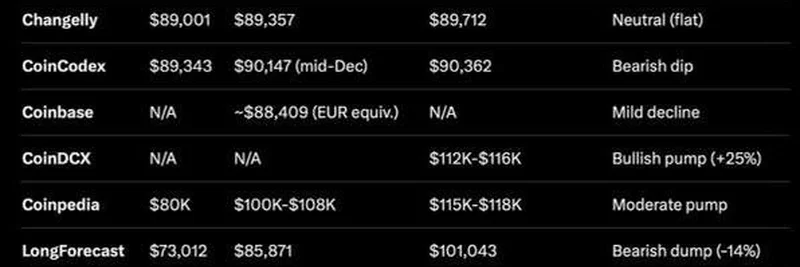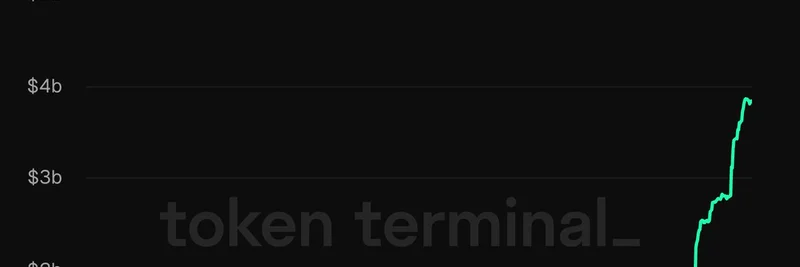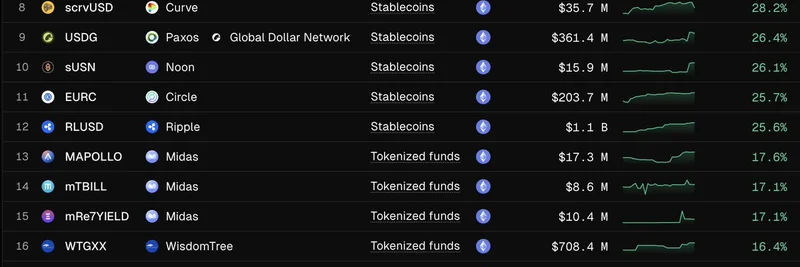Hey there, crypto enthusiasts! If you’ve been scrolling through X lately, you might have stumbled upon a thought-provoking post by Nick White (@nickwh8te), where he dropped a bombshell: “L2s are only parasitic to L1s that seek to be execution layers.” Posted on July 3, 2025, this single line has sparked a firestorm of discussion among blockchain practitioners. At Meme Insider, we’re diving into this topic to help you understand the nitty-gritty of Layer 1 (L1) and Layer 2 (L2) blockchains, why this statement matters, and what it means for the future of crypto tech.
What Are L1 and L2 Blockchains?
Let’s break it down simply. A Layer 1 blockchain is the main network—like Bitcoin or Ethereum—where all transactions are processed and recorded. Think of it as the foundation of a house. However, as more people use these networks, they can get slow and expensive (hello, high gas fees!). This is where Layer 2 solutions come in. L2s are like add-ons that handle some of the workload off-chain (outside the main blockchain) and then report back to the L1. Examples include the Lightning Network for Bitcoin and Polygon for Ethereum.
Nick’s tweet suggests that L2s might be “parasitic” to L1s, but only if the L1 tries to do too much—like acting as an “execution layer,” where all the heavy lifting of running transactions happens.
Why the “Parasitic” Label?
The idea of L2s being parasitic comes from how they rely on L1s for security and finality. L2s offload transactions to improve speed and cut costs, but they still need the L1 to verify and settle everything. If an L1 is designed to handle execution (running smart contracts or processing transactions directly), adding L2s might feel like a burden—draining resources or fragmenting the ecosystem.
In the thread, users like @xybersam asked whether Celestia (a modular blockchain) is an L1 or L2, hinting at the blurry lines in this debate. Others, like @qurool, pointed out that L2s can create “siloed ecosystems,” splitting liquidity and user bases, which might require even more solutions to fix the mess.
The Counterargument: Symbiosis, Not Parasitism
Not everyone agrees with the parasitic vibe. Some, like @AdebiyiChosen, brought up Polkadot, which connects multiple chains in a way that boosts collaboration rather than competition. L2s can also be seen as a lifeline for L1s, helping them scale without needing major overhauls. For instance, Ethereum’s adoption of L2s like Arbitrum has kept it competitive against newer blockchains.
According to Investopedia, L2 solutions are designed to “offload much of the work” from L1s, which can be a win-win if done right. The key is balance—L1s need to focus on security and consensus, letting L2s handle the speed and efficiency.
The Celestia Question
Celestia popped up multiple times in the thread, with users debating its role. Is it an L1 or an L2? Celestia is a unique case—a “modular blockchain” that separates data availability, consensus, and execution. Some argue it acts like an L1 foundation, while others see it as a rollup (an L2 technique). This gray area shows how the L1-L2 relationship is evolving, challenging Nick’s original point.
What Does This Mean for Meme Tokens?
At Meme Insider, we’re all about meme tokens, and this debate hits close to home. Many meme token projects rely on L2s for low-cost transactions, like on Polygon or Optimism. If L2s are indeed parasitic, it could raise costs or slow down these fun, community-driven tokens. On the flip side, a healthy L1-L2 partnership could make meme token ecosystems more robust and accessible.
Final Thoughts
Nick White’s tweet has opened a can of worms, and the X thread shows the crypto community is split. Are L2s parasites draining L1s, or are they symbiotic partners helping blockchains scale? The answer might depend on how L1s evolve—shifting away from execution layers could reduce the “parasitic” effect. As blockchain tech grows, keeping an eye on projects like Celestia and debates like this will be key for practitioners and meme token enthusiasts alike.
What do you think? Drop your thoughts in the comments or join the conversation on X! For more crypto insights, stick with Meme Insider as we unpack the latest trends.



